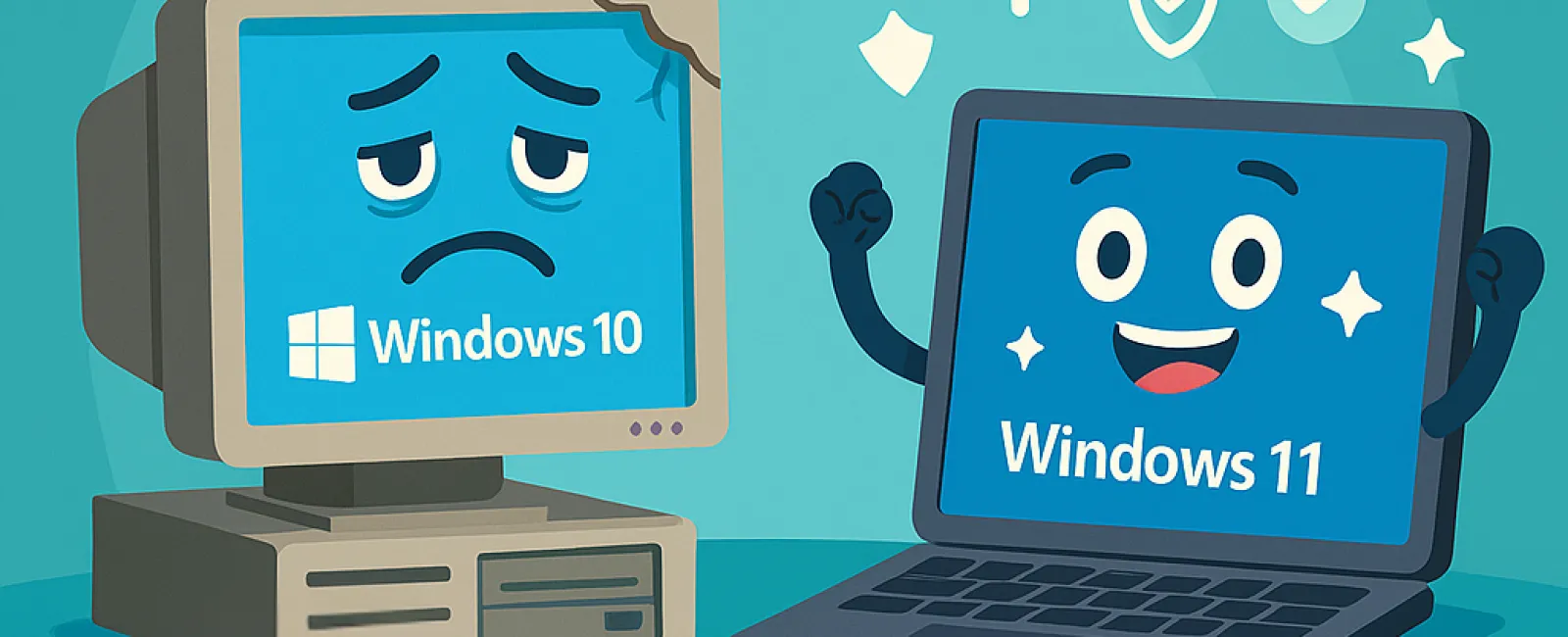September 22, 2025
While holding on to outdated technology might seem like a savvy way to save money, it often ends up costing your business far more. Using aging hardware and obsolete software can drain your productivity, inflate expenses, and expose your company to security threats.
Understanding the True Expense
Outdated technology impacts your business in several critical ways. First, slower systems reduce your team's efficiency and delay project completion. Additionally, these older systems are prone to sudden failures, leading to costly downtime that disrupts your operations.
Security is another significant concern. Unsupported software and hardware no longer receive patches for known vulnerabilities, making them easy targets for cyberattacks. Hackers exploit these weaknesses to breach your data, putting your business at risk and potentially causing compliance failures during audits.
Recognizing When It's Time to Upgrade
Watch for these key indicators that your technology needs refreshing:
1. Your systems run on Windows 10 or older.
With Microsoft ending support for Windows 10 in October 2025, continuing to use it leaves your business vulnerable to new security threats without any protective updates. To safeguard your data and maintain compliance, start planning your move to Windows 11 today.
2. Recurring IT issues disrupt your workflow.
Constant crashes and sluggish performance aren't just frustrating—they signal failing technology. These issues drain productivity and increase support costs, ultimately hindering your team's output.
3. Your software doesn't support new tools.
Legacy software that can't integrate with modern apps or cloud services limits your ability to innovate, serve customers efficiently, and grow your business.
4. Slow devices stall your team's progress.
When computers take too long to start or freeze during important meetings, your entire workflow suffers. Devices older than three to five years should be evaluated for performance and energy use to avoid productivity losses and excessive energy costs.
5. Your security tools are outdated.
Using firewalls or antivirus software that haven't been updated in years exposes your business to evolving cyber threats. Up-to-date defenses are crucial to prevent ransomware and other attacks.
Worried about the cost of upgrading? Remember, sticking with slow, outdated tech often results in higher expenses due to lost productivity, security breaches, and constant repairs. Fortunately, there are cost-effective upgrade options designed to fit your budget and keep your business running smoothly.
You're Not Alone in This Journey
If you want expert guidance to smoothly transition to modern technology and stay ahead of obsolescence, our team is ready to help. Schedule a FREE 15-Minute Discovery Call with us to explore tailored solutions that enhance your security, efficiency, and cost management. Call us at 817-277-1001 or click here to get started.



